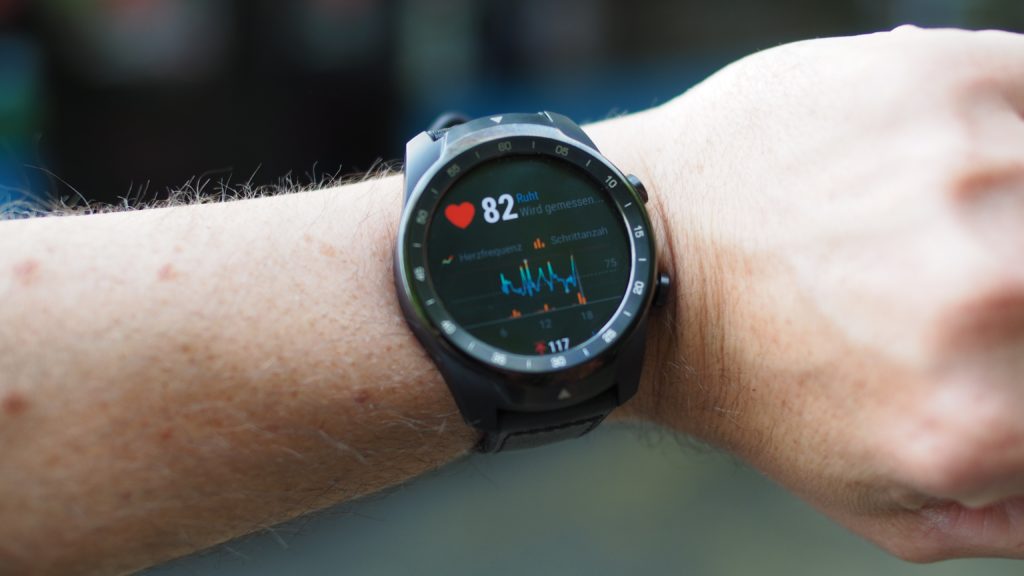How hard do I have to exercise? Its a question many ask after getting cleared for exercising after getting the gastric sleeve.
“Current physical activity guidelines for weight loss maintenance and prevention of weight regain largely emphasize [moderately-vigorous] physical activity, lesser amounts of more vigorous activity may be sufficient to achieve successful weight maintenance”.[1] But what does vigorous exercise mean to you? Here are three things you can use to determine your vigorous level:
The talk test
Perceived exertion
Percentage of your maximum heart rate
The talk test
When you get cleared for exercising after gastric sleeve this method is the easiest way to gauge your work level. If you are with a friend and you are having an easy time talking then that would be considered a light workout. Great for recovery days or if you are going to moving for a long time. If the only thing that you can say while working out are short sentences, that’s a moderate level of activity. Finally if the only way to convey information to someone while exercising is hand gestures then you can consider that a fairly vigorous workout. Good thing those workouts are over quickly!
Perceived exertion
On the occasion that you don’t have someone to talk to, perceived exertion is a great indicator of your level of exercise. There’s even a scale called the Borg Perceived Exertion Scale that you can quantify your effort level. The scale oddly starts at 6 and goes to 20; so to equate this to the talk test. If you are looking for the “hand gesture” level of exercise shoot for about a 15, meaning you feel fatigued after a workout verses just tired. There is much more on this scale here.
Percentage of your maximum heart rate

While the first two “measurements” are somewhat subjective, this one is something you can actually measure. At a vigorous level of activity, you should be at 80% to 90% of your target heart rate. It used to be that to find your target heart rate take 220 minus your age. Then multiply that figure by 80 or 90%. Yet there are a few studies that give much better indicators of target heart rate depending on your age. If you are 30+ years old then MHR = 270 – .7*(AGE) is much more accurate . And if you are female over 35 there is an formula for you – Max HR = 206- .88(AGE). So monitor your heart rate and try to keep it at this level while exercising.
Types of Vigorous Exercise

Some exercises lend themselves better to being vigorous more so than others. If done at a high level of intensity (how hard your body is working) for at least 10 minutes at a time, sports that involve a lot of running (such as basketball, jogging, soccer), cycling at more than 10 mph, dance aerobics, or using a stair machine all qualify. Remember, especially after getting cleared for exercising after gastric sleeve, to frequently monitor your heart rate (keeping it in the target range) and exertion level while exercising.
Duration
When you first get cleared for exercising after gastric sleeve, start slow. Building up to what the American Center for Disease Control suggest to gain the desired heart health benefits, 1 hour and 15 minutes per week is the most beneficial. Mix in strength training two days a week and you have a complete workout routine that is both good for your heart and waistline.
Starting Slow
Start slow and be sure to check with your healthcare professional so you can get the most for your workouts. If you have just been cleared to do more intense exercise start out with a low intensity routine up to 30 mins a few times a week. As your see improvement, increase your intensity. The final goal is to work up to a vigorous level of intensity.
Health Benefits of Vigorous Exercise
Vigorous exercise has many health benefits once you’ve been cleared for exercise after weight loss surgery. By working your heart and muscles, both will get stronger over time. A stronger heart means it doesn’t have to work as hard pumping blood throughout your body. Stronger muscles mean they burn more calories over a given period of time thus helping you maintain or lose weight depending on your caloric intake level.
Read Next 10 ways bariatric surgery changes you
Subscribe To My Bariatric Journey Newsletter
Each month we take on a new topic around Exercise, Nutrition and Mindset and how it can help you on your weight loss journey. You will also get first notice of upcoming promotions.
Geof has been working with bariatric surgery clients for over a decade. His goal with Coaching For Bariatric Success is to give you the tools to make your weight loss successful for the long term.